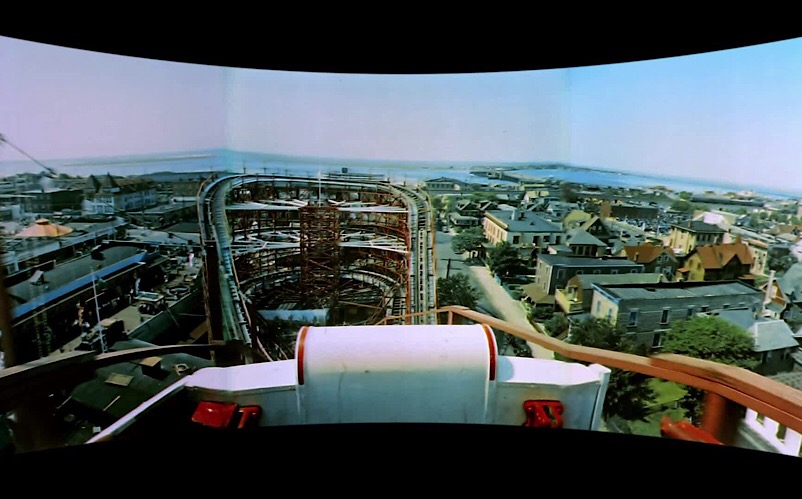
The original seven-channel sound also has been restored, preserving the film's directional audio effects.īetter yet, the high-def Blu-ray version ($35) adds an innovative "SmileBox" presentation of the film - besides the regular widescreen version. (Today's films are typically no wider than 2.35:1.)

#Smilebox cinerama free#
Finally, the image was presented uncropped and free of distortion anomalies in the film's original super-wide aspect ratio of 2.89:1 - meaning the picture is 2.89 times wider than it is high. The combined image was scrubbed free of blemishes and color-corrected for uniformity. In the most expensive project in Warner Home Video's history, the three strips were digitally blended frame by frame by frame - nearly 700,000 total - to create a seamless image devoid of the vertical lines. Today's DVD (Warner, $21 $60 collector's edition) finally fixes all of those problems. "Everywhere it's looked awful unless you saw it in a Cinerama theater," said George Feltenstein, Warner's senior vice president of catalog marketing. Worse, the color was off in each panel, so the overall image quality wasn't uniform. The panel join lines were visible in pan-and-scan presentations, too. In widescreen presentations, the three panels created two distracting vertical lines in the composite picture, which was cropped on the sides.
#Smilebox cinerama movie#
The Cooper's huge screen, which was curved 146 degrees, and the movie's seven-channel sound combined to create an unparalleled experience.īut the three-strip Cinerama process proved problematic when the film was shown in regular movie theaters, on TV and on home video. In specially equipped Cinerama theaters such as the Cooper, the three films were projected in sync to create one giant image. Cinerama films were shot using three synchronized side-by-side cameras to create three strips of film, a cumbersome process. Until now, the greatest asset of "How the West Was Won" in theaters - its Cinerama presentation - was its biggest liability for home viewers. "And they kept opening and opening and opening, and then - bam! - 'How the West Was Won.'"Īdded Thom, who became manager of the Cooper in the 1970s, "It was thrilling, just absolutely tingling, to have that experience because you really felt like you were at something very special."Ī new DVD, out today after a six-year restoration, aims to re-create some of that magic for the first time on home video.

"It was one of the few films I went to where the audience applauded when the drapes in front of the screen started to open all the way," said Joel Thom, 63, who was in his late teens when he saw the film at the Cooper. "How the West Was Won" was one of only two feature films shot in Cinerama, and the 105-foot-wide screen of the Cooper - the "Northwest Home of Cinerama" - was the only place to see it.

People came from all over and paid the equivalent of up to $18 (in today's dollars) for the cinematic spectacle, often ordering tickets in advance to ensure a seat. Louis Park and didn't leave these parts for a stunning 88 weeks - its longest run at any U.S. When "How the West Was Won" galloped into town on March 14, 1963, the epic film hitched its wagon at the Cooper Theatre in St.


 0 kommentar(er)
0 kommentar(er)
